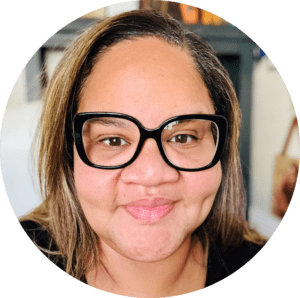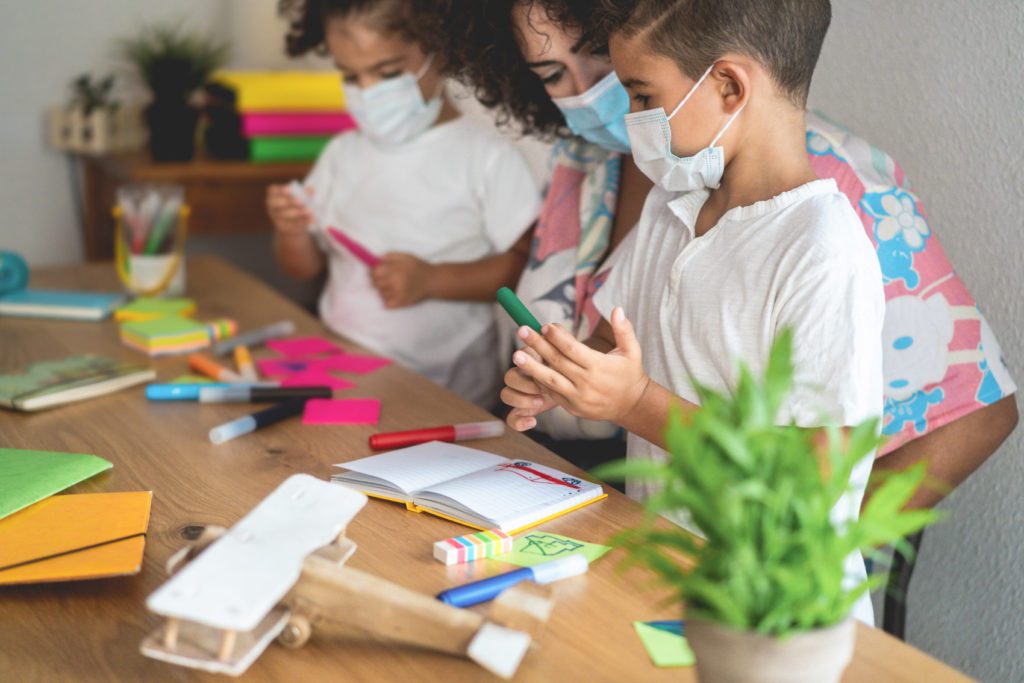Using Feedback to Build Community


I recently joined a colleague in recording a session for the National Association for the Education of Young Children Annual Conference. It was called “Don’t Worry. I’m Saving My Hugs for You,” and in it, we focused on what it means to build community with young children. The Creative Curriculum, in all its editions, promotes the importance of building a sense of community with children, especially when children and their teachers are new to one another (e.g., at the start of a new school year). The first question a teacher is encouraged to ask is “What does classroom community mean to me?” I encourage teachers and caregivers to include the ways they give and receive feedback in that answer.
Feedback, put simply, is information given or received about one’s actions. We can find many examples of feedback being given and received each day. Think about it—do these scenarios sound familiar?
- You want to find a restaurant that has really good tacos. What do you do? You use a restaurant rating application on your phone to find out what others are saying about the tacos at restaurants near you.
- You need to find a dentist for your one-year-old, and you want to be sure the doctor specializes in pediatric dentistry. What do you do? You ask a friend with a child of a slightly older age where they took their child and whether the dentist was good with young children.
In both instances, you plan your next decision based on feedback you’ve received. In the early learning setting, where the formative assessment process is used frequently, feedback should be regularly used by teachers and children to inform how they engage in community-building.
In “Thanks for the Feedback: The Science and Art of Receiving Feedback Well,” Douglas Stone and Sheila Heen tell us there are three types of feedback: appreciation, coaching, and evaluation. In the early learning setting, here is what each may look like for teachers and children.
Appreciation: Beyond saying “thank you” in perfunctory ways, appreciation is about creating an environment where teachers and children are recognized for what they bring to the group.
Teachers can demonstrate appreciation for children by acknowledging and displaying their work in respectful ways. Try asking children, “Do you want your work displayed for others to see how hard you have been working?” and, if yes, “How do you want your work to be shown to others?” Both questions show children that you value their work and respect their input on the classroom environment. That feedback models for children how to think about their own work and how to give feedback to one another.
Coaching: If you approach your role in the learning community as a co-creator of knowledge and understanding alongside children, rather than an all-knowing keeper of information, coaching is more likely to feel like a partnership to children. In a partnership, each side feels they are contributing to the work. In the early learning environment, coaching allows children to give the teacher feedback. Try asking children “How can I help you get closer to your learning goal?” (This requires teachers having discussions about learning goals with children, but that’s a larger conversation for another time.) If you listen closely to the feedback from children, you can plan for more relevant and meaningful learning experiences that help them progress in meeting their learning goals.
Evaluation: You can’t have a conversation about feedback without talking about evaluation. Evaluation asks, “How is it going?” Teachers should develop the habit of reflecting on this question, both when assessing the learning that is happening or not happening in the classroom and when assessing their instructional practices. In both instances, the primary question a teacher can use to reflect on evaluation is “What will I do differently next time?” If you don’t intend to do anything differently the next time, ask yourself, “What will the children need me to do differently next time?” This gives you an opportunity to reflect on any feedback you’ve received from children as well as time to review their progress and a reminder to plan for differentiation to support individual children.
In any early learning community, relationships are the heart that keeps the lifeblood of the community circulating. Authentic, reciprocal relationships are ones that encourage giving and getting feedback: feedback, when given from a place of love and caring, helps children reach their fullest potential.
To learn more about building community with children and families, join us for one of our upcoming best practices webinars.